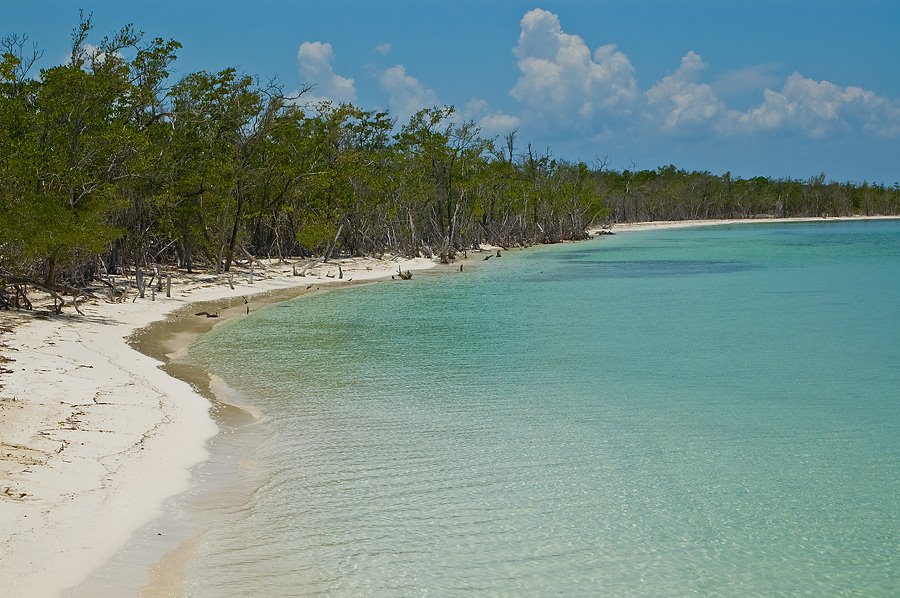MIGUEL DE CERVANTES STATUE, LA HAVANA, CUBA.
The statue of Miguel de Cervantes, located in the park that bears his name, former Plaza San Juan de Dios: Cervantes Park, Havana Street, Stonehouse, San Juan de Dios and Aguiar. Old Havana.
Is the work of Italian sculptor Carlos Nicoli and was inaugurated in early twentieth century, a November 1, 1908, thanks to the proposal made by the journalist Aureliano Ramos to the provincial government of Havana three years ago.
The above statue has drawn attention to the position taken by the writer, sitting in a chair like the Spanish Renaissance writing. It is considered the first monument erected to the wise of Hispanic literature in the Americas and its realization was carried out by public subscription at a cost of five thousand dollars.
Cervantes died a April 23, 1616, hence you have chosen this day to celebrate the Language Day since 1943, and died the same date also the greatest of English letters, William Shakespeare.
The park and statue of Cervantes itself must undergo maintenance work frequented place restored to its image as worthy, although there have been some of these works repeatedly, to rehabilitate the public space, furniture and gardening, sculpture can in turn undergo a cleansing treatment that emphasizes values.
And so much importance to the story Cervantes described it as “… the mother of the path of truth, rival of time, depository of deeds, witness of the past, such as warning and warning of the present and future.”
And Cervantes said José Martí “… it is, in the writer’s impeccable study in Cuba, that early man’s friend, who lived in fateful times for freedom and decency, and the sweet sadness of genius, he preferred life among to advance the humble courtier, and is both the delight of the letters and one of the most beautiful characters in history. ”
We speak the language of Cervantes, thought and speech are inextricably linked, and it was the language, psychology and common history, which defined the Cuban nationality.
LA ESTATUA DE MIGUEL DE CERVANTES EN LA HABANA, CUBA.
La estatua de Miguel de Cervantes, que se encuentra en el parque que lleva su nombre, otrora Plaza San Juan de Dios: Parque Cervantes, Calles Habana, Empedrado, San Juan de Dios y Aguiar. La Habana Vieja.
Es obra del escultor italiano Carlos Nicoli y fue inaugurada a inicios del siglo XX, un 1ro de noviembre de 1908, gracias a la propuesta efectuada por el periodista Aureliano Ramos al gobierno provincial de La Habana tres años antes.
La referida estatua ha llamado la atención por la postura que adopta el escritor, sentado en una silla renacimiento español como si fuera a escribir. Se considera el primer monumento levantado a este sabio de las letras hispánicas en el continente americano y su realización se efectuó por suscripción pública, con un costo de cinco mil pesos.
Cervantes falleció un 23 de abril de 1616, de ahí que se haya escogido este día para celebrar el Día del Idioma desde el año 1943, ya que en igual fecha falleció también el más grande de las letras inglesas, William Shakespeare.
El parque y la propia estatua de Cervantes deben ser sometidos a trabajos de mantenimiento que restituyan al tan frecuentado lugar su imagen digna, aunque ya se han realizado algunos de estos trabajos en repetidas ocasiones, para rehabilitar el espacio público, el mobiliario y la jardinería, la escultura por su parte puede someterse a un tratamiento de limpieza que resalte sus valores.
Y dio tanta importancia Cervantes a la historia que la definió como “…la madre del camino de la verdad, émula del tiempo, depósito de las acciones, testigo de lo pasado, aviso y ejemplo de lo presente y advertencia de lo porvenir”.
Y de Cervantes dijo José Martí: “…es, en el estudio intachable del escritor en Cuba, aquel temprano amigo del hombre, que vivió en tiempos aciagos para la libertad y el decoro, y con la dulce tristeza del genio, prefirió la vida entre los humildes al adelanto cortesano, y es a la vez deleite de las letras y uno de los caracteres más bellos de la historia.”
Hablamos el idioma de Cervantes, pensamiento y palabra están indisolublemente unidos, y fue precisamente el idioma, la psicología y la historia comunes, lo que definió la nacionalidad cubana.
HabanaRadio/InternetPhotos/TheCubanHistory.com
The Cuban History, HOllywood.
Arnoldo Varona, Editor



 MIGUEL DE CERVANTES STATUE, La Havana, Cuba. *** LA ESTATUA de Miguel de Cervantes en la Habana, Cuba.
MIGUEL DE CERVANTES STATUE, La Havana, Cuba. *** LA ESTATUA de Miguel de Cervantes en la Habana, Cuba.


